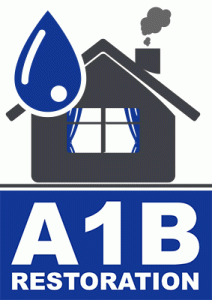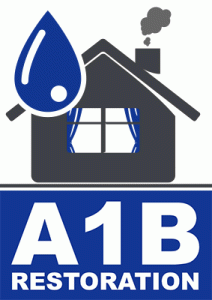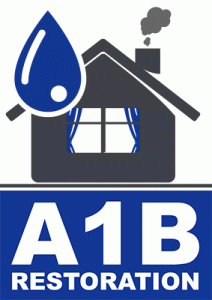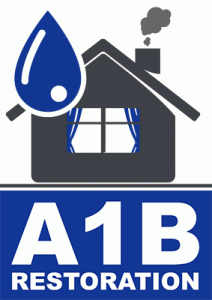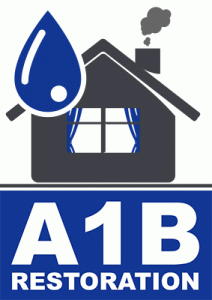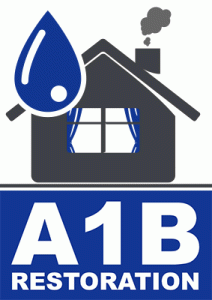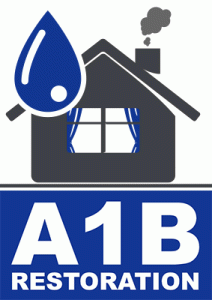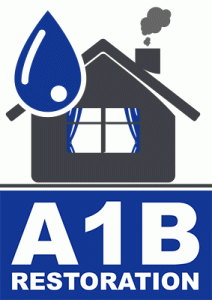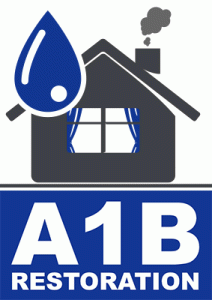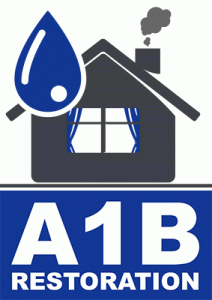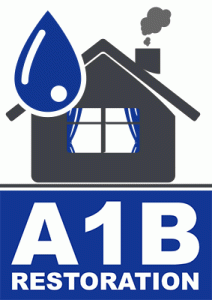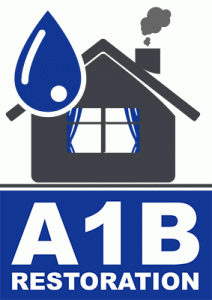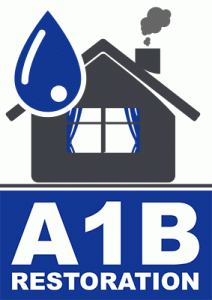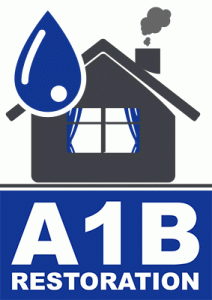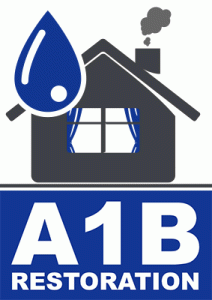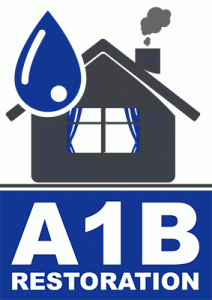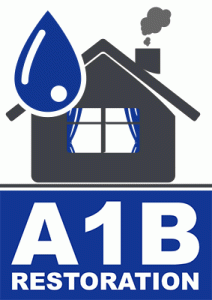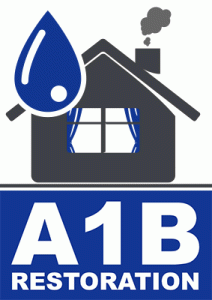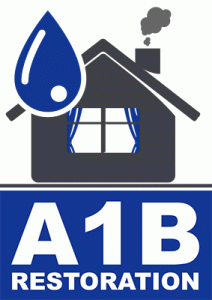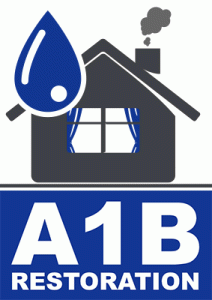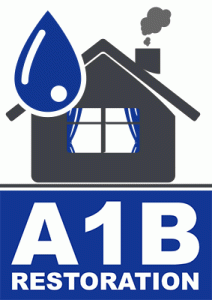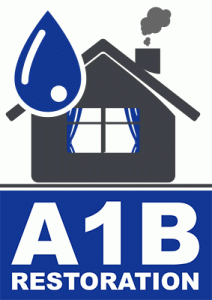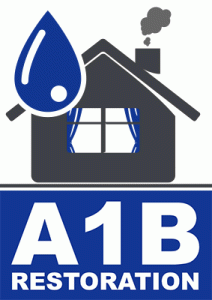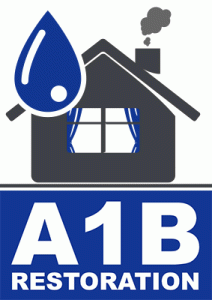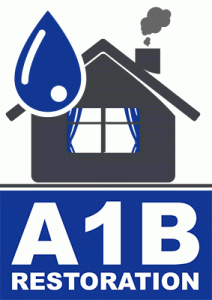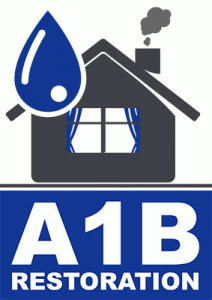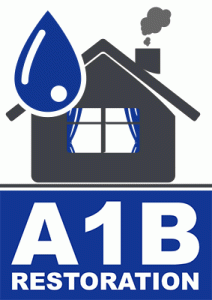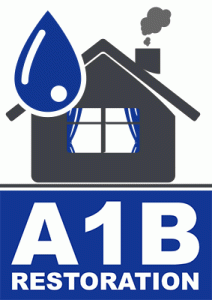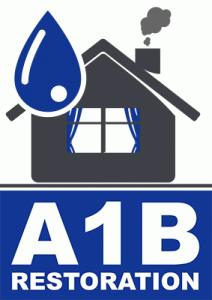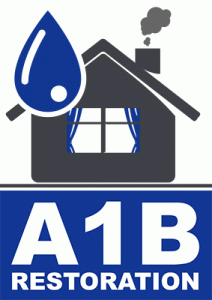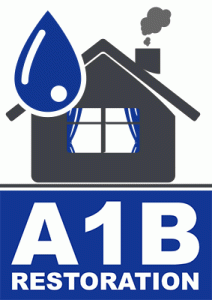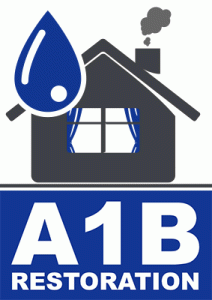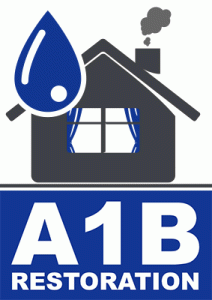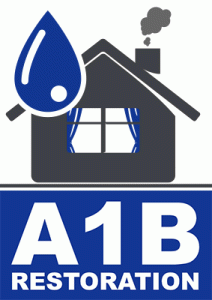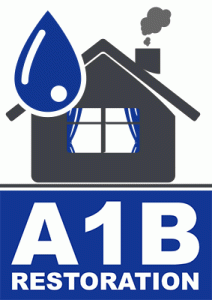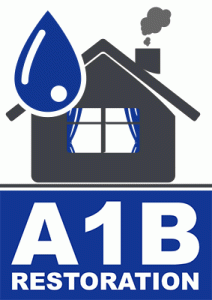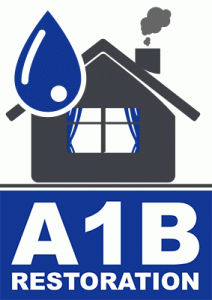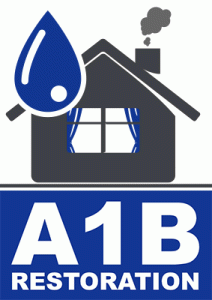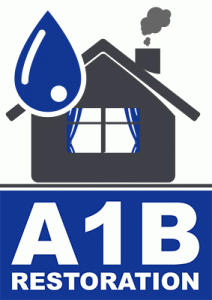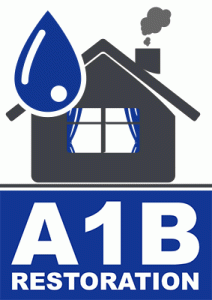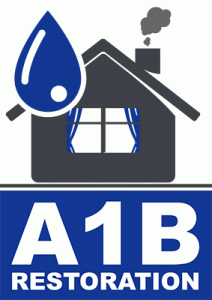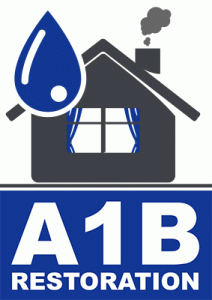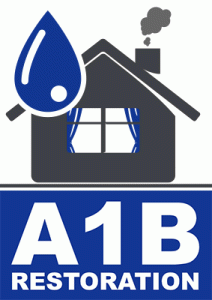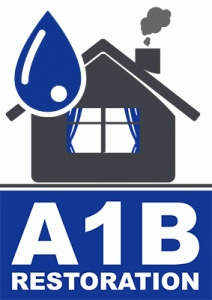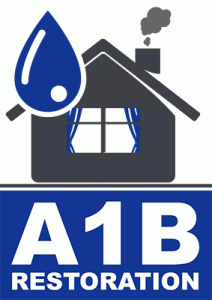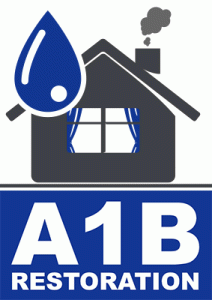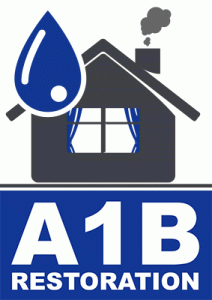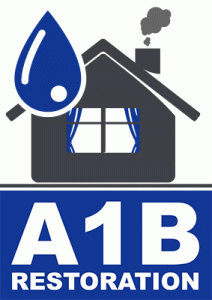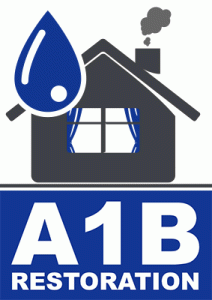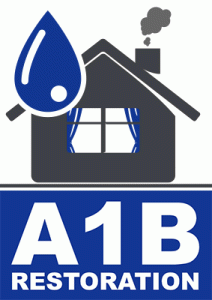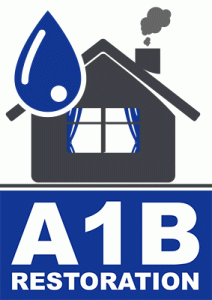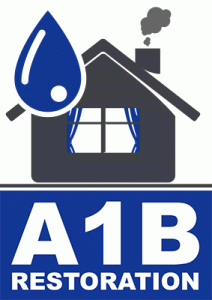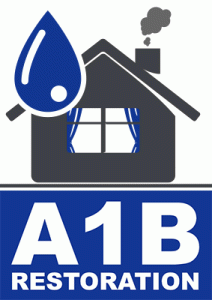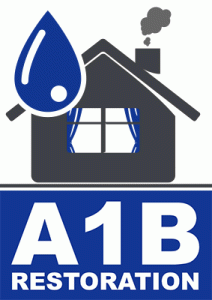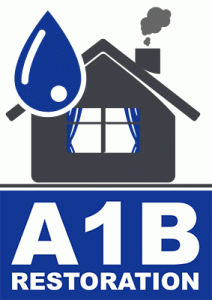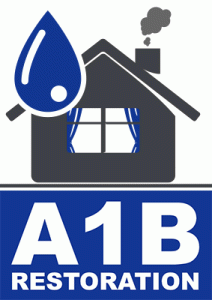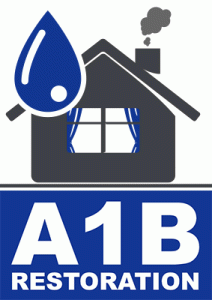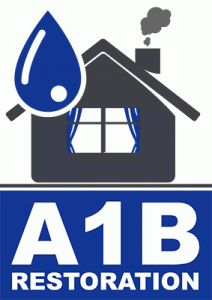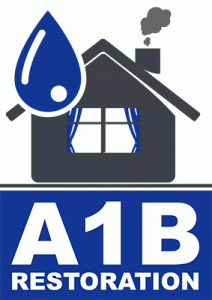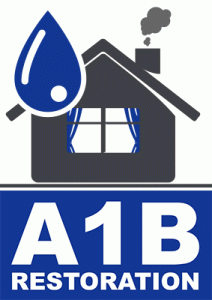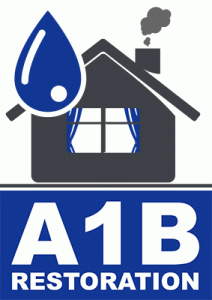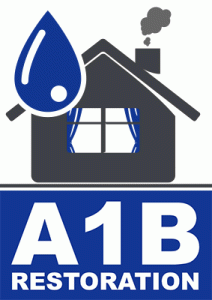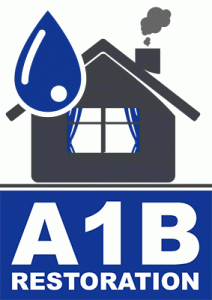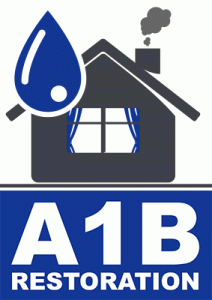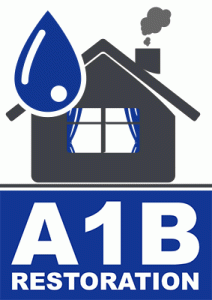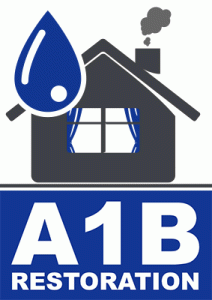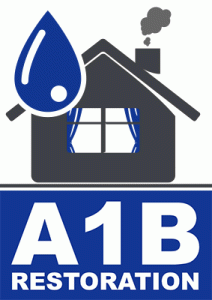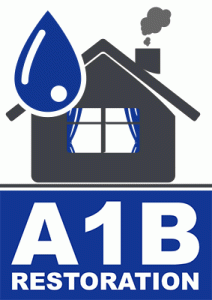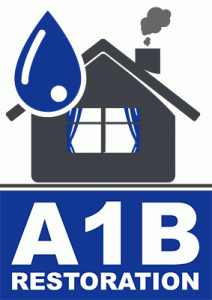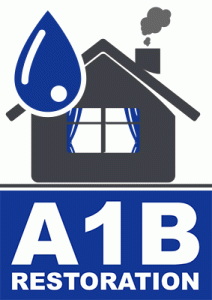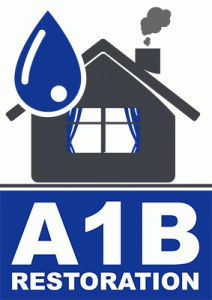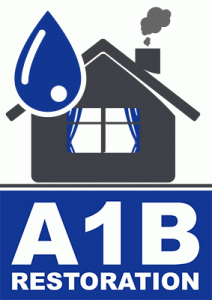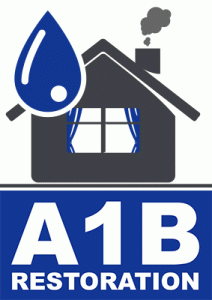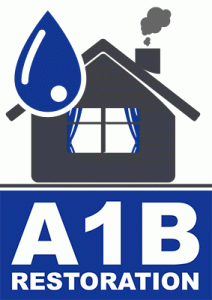The Environmental Impact of Water Damage Restoration
Water damage restoration is an essential process for homes and businesses affected by water-related disasters. However, while restoring damaged properties, it’s crucial to consider the environmental impact of the restoration process. This blog post explores the environmental implications of water damage restoration and offers actionable tips to mitigate negative effects. By understanding the ecological consequences, we can make more informed decisions that benefit both our properties and the environment.
Understanding Water Damage Restoration
Water damage restoration involves cleaning, drying, repairing, and restoring a property to its pre-damaged state. This process is vital for preventing further damage, such as mold growth and structural deterioration. However, the materials and methods used in restoration can have significant environmental impacts.
The Materials Used in Water Damage Restoration
Many restoration materials, such as cleaning agents and building materials, can harm the environment. For example, some cleaning products contain volatile organic compounds (VOCs), which can contribute to air pollution and health issues. Moreover, the disposal of water-damaged materials often leads to increased landfill waste.
The Energy Consumption in Restoration Processes
Water damage restoration often requires energy-intensive equipment like dehumidifiers and air movers. These devices consume significant amounts of electricity, which may increase your carbon footprint. According to the U.S. Energy Information Administration, the residential and commercial sectors account for about 40% of total U.S. energy consumption, highlighting the importance of energy efficiency in restoration.
Environmental Impact of Water Damage Restoration
It’s essential to evaluate the broader environmental impact of water damage restoration to develop more sustainable practices. Below are some of the key environmental concerns associated with the restoration process:
Increased Waste Generation
Water damage often results in the disposal of non-recyclable materials, such as carpets, drywall, and insulation. The Environmental Protection Agency (EPA) reports that construction and demolition waste accounts for over 600 million tons annually in the U.S. alone. This statistic underscores the need for recycling and reusing materials wherever possible during restoration.
Water Usage and Contamination
Water damage restoration processes can require substantial water usage for cleaning and decontamination. Additionally, improper disposal of contaminated water can lead to water pollution. It’s crucial to use eco-friendly cleaning products and ensure proper disposal methods to minimize water contamination.
Air Quality Concerns
The use of chemical cleaning agents and the release of dust and mold spores during restoration can negatively impact indoor air quality. This can have health implications for the building’s occupants and contribute to outdoor air pollution. Implementing measures like air filtration and ventilation can help mitigate these effects.
Actionable Tips for Eco-Friendly Water Damage Restoration
To reduce the environmental impact of water damage restoration, consider the following strategies:
Choose Sustainable Materials
Opt for eco-friendly materials and products during restoration. Utilize green building materials like bamboo, recycled steel, or reclaimed wood. Additionally, choose cleaning products with natural ingredients and low VOC levels to minimize environmental harm.
Implement Energy-Efficient Practices
Use energy-efficient equipment and techniques to reduce energy consumption. Consider renting high-efficiency dehumidifiers and fans, and ensure they are used in a way that optimizes energy use. Turning off equipment when not in use can also conserve energy.
Reduce, Reuse, Recycle
Before discarding materials, assess whether they can be repaired or reused. Implement recycling programs for materials like metal, glass, and certain plastics. This approach not only minimizes waste but can also reduce restoration costs.
Proper Disposal Techniques
Ensure that any contaminated water is disposed of according to local regulations to prevent pollution. Consider using water treatment solutions to neutralize contaminants before disposal. Collaborate with waste management professionals for safe and eco-friendly disposal.
Enhance Air Quality
During restoration, use air purifiers and ventilate the affected areas to improve air quality. This practice will help reduce the concentration of airborne pollutants and protect the health of occupants and workers.
Conclusion: Striving for Sustainable Restoration
Water damage restoration is a crucial service, but it’s important to carry it out with an awareness of its environmental impact. By selecting sustainable materials, using energy-efficient practices, and ensuring proper waste disposal, we can significantly reduce the ecological footprint of restoration efforts. These eco-friendly practices not only benefit the environment but also promote healthier living spaces for everyone involved. Let’s strive for a balance between restoring our properties and preserving our planet.
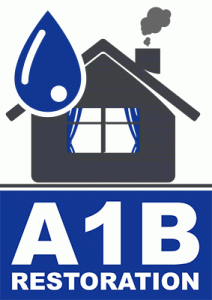
Cedar Hill TX water damage restoration companies near me

Denton Texas water damage restoration service near me
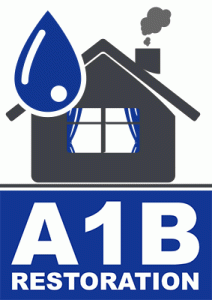
McKinney TX water damage restoration companies near me

water damage restoration service Lakewood Dallas Texas
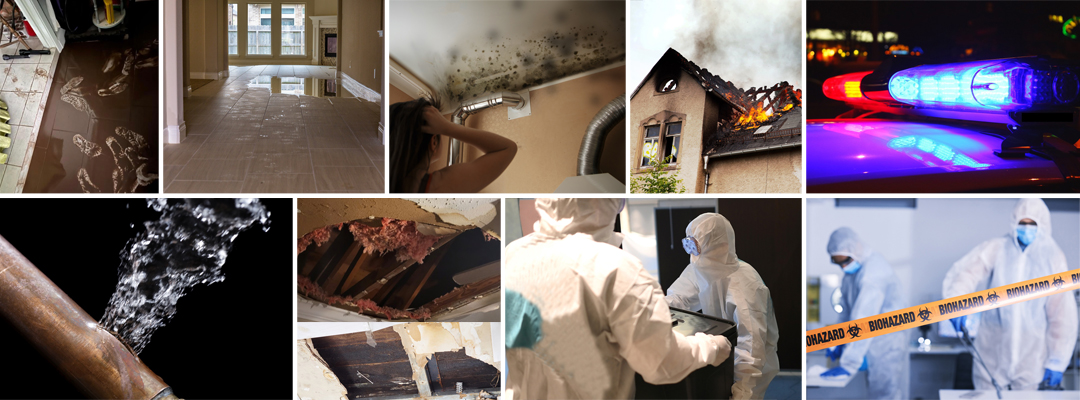
Water Damage Restoration Crime Scene Cleanup Company A1B Services

Sample Page

Lavon Texas water damage restoration service near me
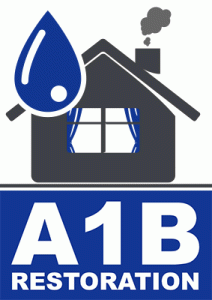
residential water damage restoration Lake Highlands Dallas Texas
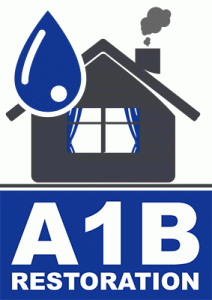
restoration services water damage Highland Park Texas
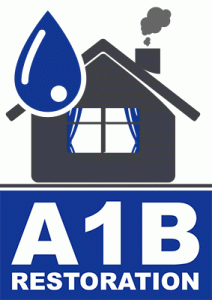
Lakewood Dallas Texas water damage restoration service near me
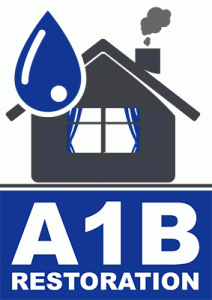
Plano Texas water damage restoration service near me
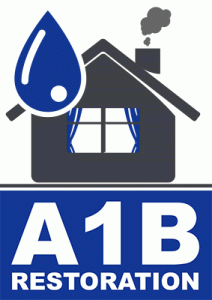
Sunnyvale Texas restoration water damage companies
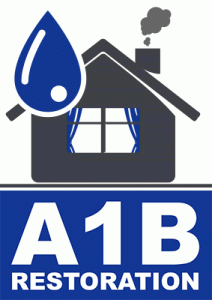
Carrollton Texas water damage restoration near me
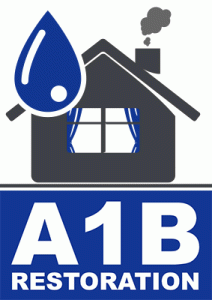
Lakewood Dallas Texas water cleanup service near me
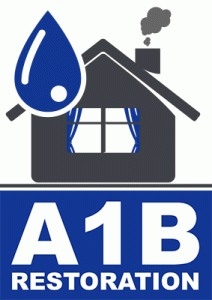
Arlington Texas restoration water damage companies
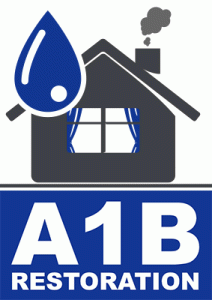
Carrollton Texas restoration water damage companies
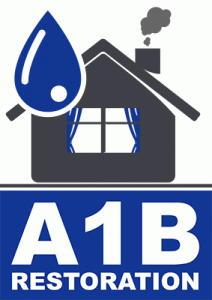
Haltom City Texas restoration water damage companies

Royse City Texas water extraction company near me
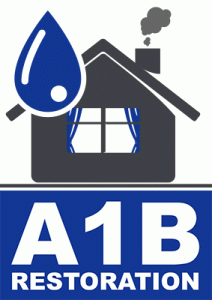
North Richland Hills Texas water remediation company

Grand Prairie Texas water cleanup service near me

Highland Park Texas water extraction company near me
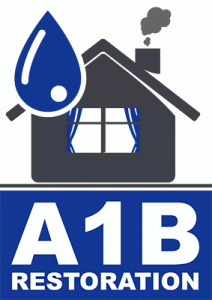
Grand Prairie Texas water extraction company near me

Carrollton TX water damage restoration companies near me

Grand Prairie TX water damage restoration services
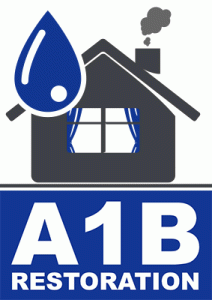
Fate TX water damage restoration companies near me
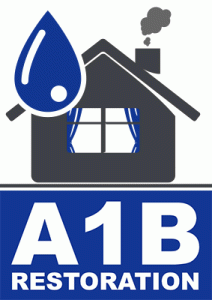
The Colony TX water damage restoration companies near me
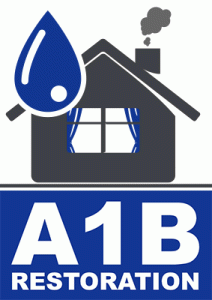
best water damage restoration near me Lucas Texas
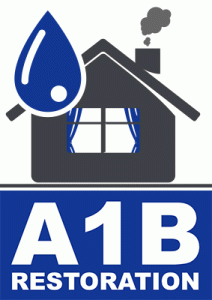
water mitigation company near me Richardson Texas
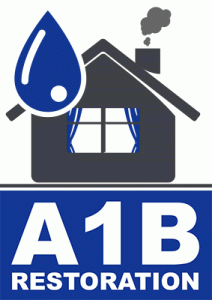
water damage and restoration companies Lavon Texas
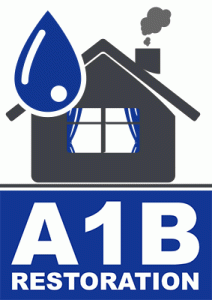
water damage restoration service Lake Highlands Dallas Texas
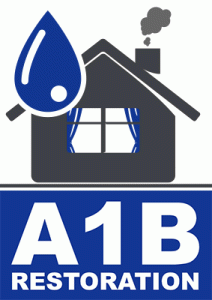
water damage restoration service The Colony Texas
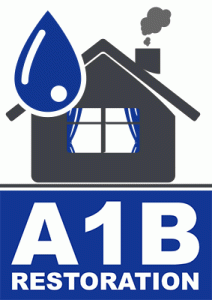
residential water damage restoration Richardson Texas
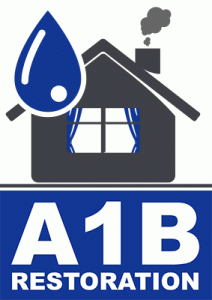
water damage restoration services near me Roanoke Texas
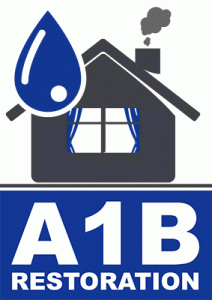
restoration services water damage Flower Mound Texas
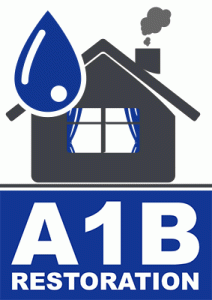
water damage restoration services near me Carrollton Texas
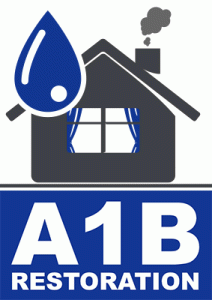
best water damage restoration near me Richardson Texas
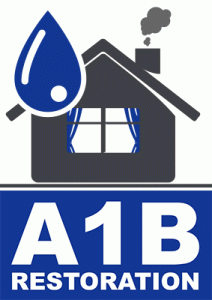
restoration services water damage Haltom City Texas
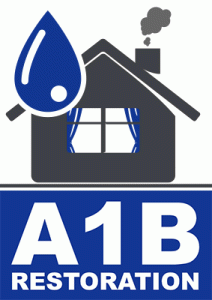
residential water damage restoration Grand Prairie Texas



